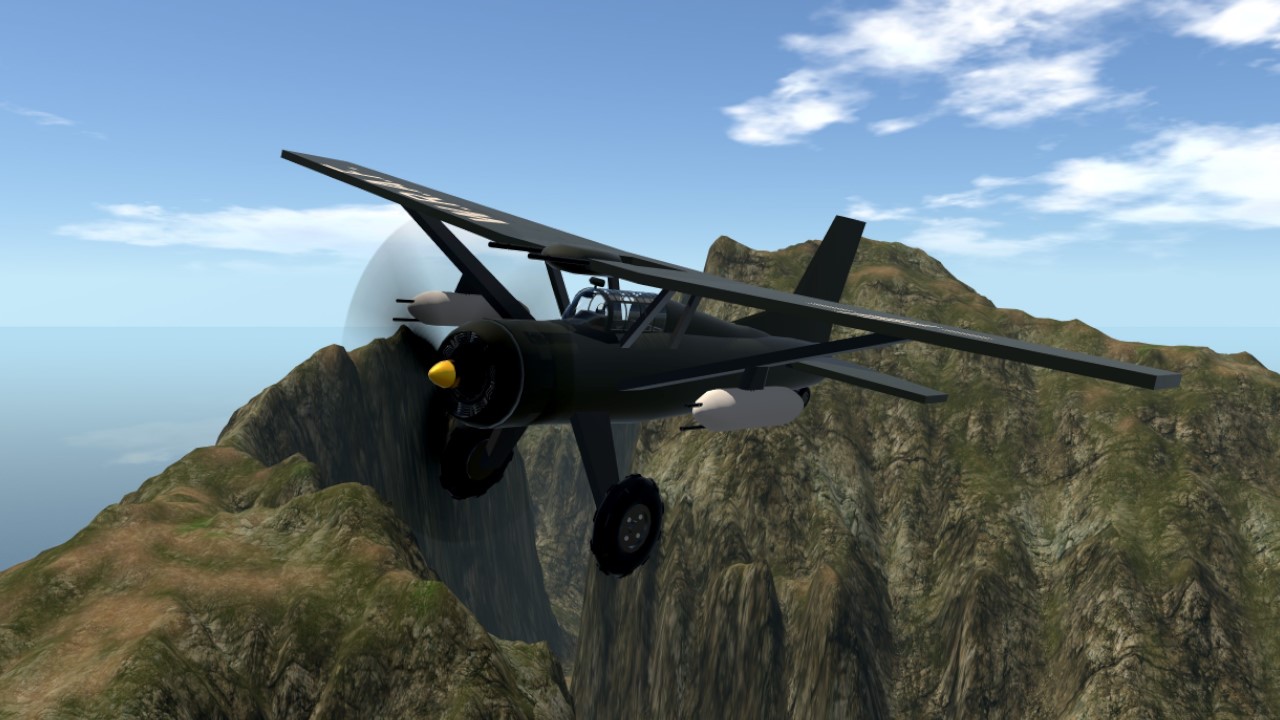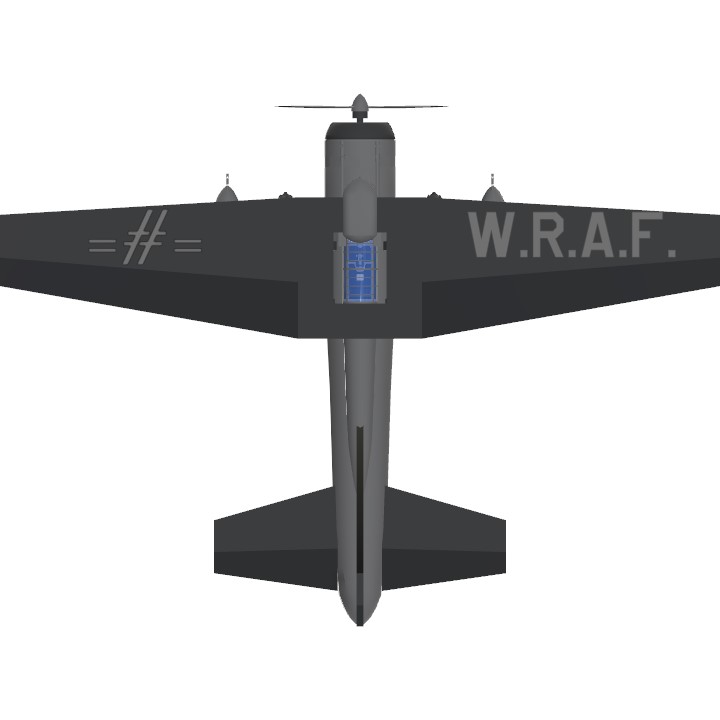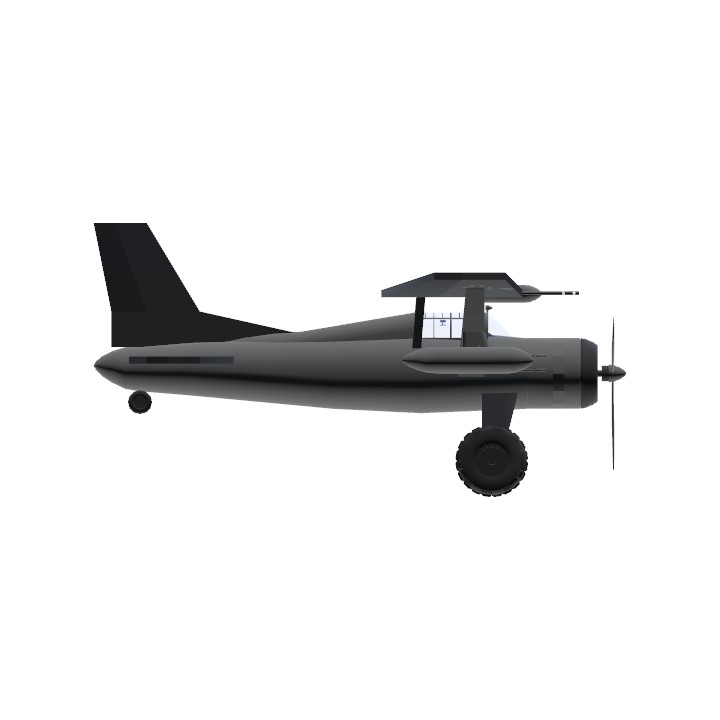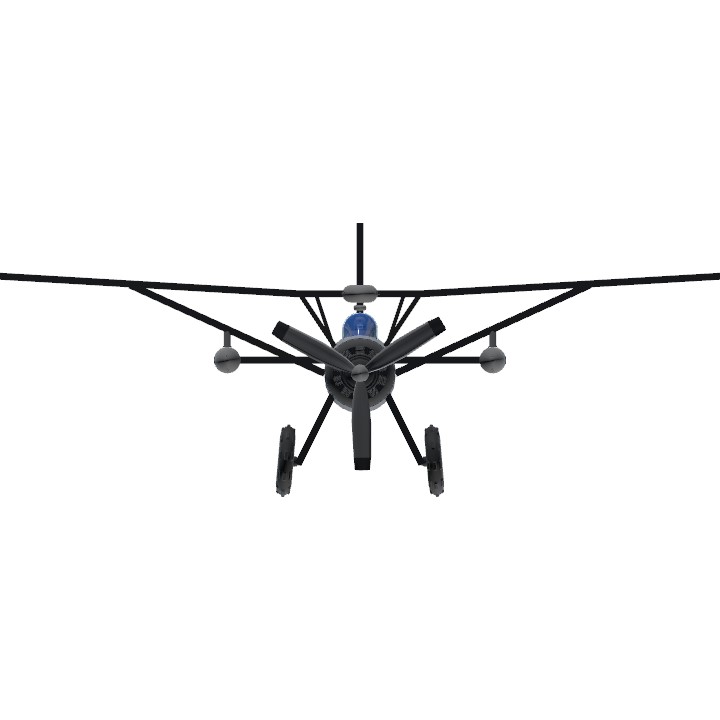A P4-RS-I flies over the Wright Isles in late 2403. The aircraft was on a combat practice mission and earlier had strafed static targets. Note the dual .50 caliber (12.7x99) M2HB gun pods.
The P4-RS-I Light Fighter:
Fully VR Capable!
Design History:
The first variants of the venerable P4-RS monoplane were first put into production as early as 2390 G.T. At the time, they were the most advanced aircraft of the region, sleek, mostly-metal monoplanes capable of nearly 230 knot speeds while fabric and wire biplanes were still being developed. Isles Consolidated released many variants of the aircraft during the Three Years’ war from 2397- to 2399- G.T., with in-war production ending with the P4-RS-H. At the time, however, the success of other aircraft, such as the Bf-109D and P-51-C and -D variants put the Wright Isles at a major technological disadvantage. As such, the Wright Republic Air Force issued for a specification for an aircraft that had a more powerful engine, powerful armament, and greater speed and armor to ensure their military would not be so greatly outdated.
Isles Consolidated took the basic airframe of the P4’s H model and started a complete redesign. An enclosed cockpit with much better instrumentation and a modern reflex gunsight, with improved pilot armor gave the pilot a more comfortable and easy-to-use aircraft. Automatic combat flaps decreased its turning circle and a 1,326 horsepower, 14-cylinder radial engine gave it intense climb and acceleration. Dual 20mm cannons replaced the 12.7 millimeter guns of earlier models, and the pylons on the wings were greatly strengthened. With these modifications, the aircraft was 30 knots faster in level flight, had double the range, and could take down nearly any opponent with ease.
Operational History:
First received by the W.R.A.F. in 2401 G.T., the P4-RS-I was considered a very potent aircraft. While not as maneuverable as the later Krakabloan B1-PN biplanes, its ability to climb extremely fast and accelerate just as well earned it a fierce reputation as a boom-and-zoom fighter. Its first combat deployments netted massive enemy losses, although not without its light structure leading to many losses to combat damage. The lack of an armored windscreen also meant that pilots taking headon passes on aircraft or ground targets could be taken out somewhat easily. After numerous conflicts in its service in the W.R.A.F., the type would be finally retired in 2420 G.T. when newer types would far outperform it. The aircraft would finish with a 9.2:1 kill-to-death ratio.
Tactics:
The P4 has a relatively high wing loading. This grants it great speed and provides a great instantaneous turn rate, but makes it loose energy quickly in prolonged fights. While its light construction and powerful engine make it capable of regaining that speed in straight lines, boom and zoom is the way to go.
Performance:
Max Speed: IAS, clean: 280 knots
Max Speed: IAS, with pods: 265 knots
Stall Speed: Power on, flaps: 80 knots
Climb: 5,450 feet/min.
Use the P4-RS-I’s great climb rate to climb above the target, leaving room to let yourself build your speed back up. Dive down, fire off a burst, and immediately gain distance from the target. Due to wing loading, try to stick to horizontal turns. Scissor engagements are also a strong suit, as the phenomenal roll and instantaneous turn rate allows you to control these engagements. When pulling sustained turns, feel for the correct amount of elevator deflection; full deflection may be bleeding your speed and a little less may accelerate your turn.
Armament:
2x Manklav K/36 20x128mm cannons in center wing section.
Muzzle velocity: 850m/s.
Belt composition: API-T/AP-T/FI-T
4x Browning M2HB 12.7x99mm machine guns in disposable pods (Shortbarrel.)
Muzzle velocity: 800 m/s
Belt composition: AP-T/API-T/IT
Convergence: ~300 meters.
Notes:
- The gun pods are jettisonable, as extra speed may be needed or if you run out of ammunition (not actually possible though).
- Read the in-game instructions for further details.
- Fully VR capable!
Updoots Appreciated, Thank You!
Specifications
General Characteristics
- Created On Windows
- Wingspan 33.4ft (10.2m)
- Length 24.7ft (7.5m)
- Height 12.4ft (3.8m)
- Empty Weight 4,599lbs (2,086kg)
- Loaded Weight 5,253lbs (2,383kg)
Performance
- Horse Power/Weight Ratio 0.252
- Wing Loading 19.0lbs/ft2 (92.7kg/m2)
- Wing Area 276.6ft2 (25.7m2)
- Drag Points 1942
Parts
- Number of Parts 146
- Control Surfaces 7
- Performance Cost 718





@TurtlePants yuh
@Boeing727200F You replied so fast again that the server didn’t update until I refreshed it again.
@TurtlePants yuh
@Boeing727200F That was fast, LOL.
first
@rickofrolls